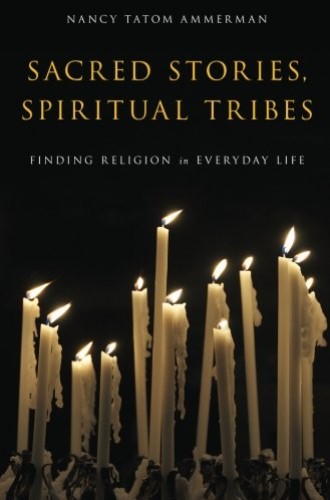Not religious, not spiritual
If any concept is accepted as given in the general discussion of religion these days, it is the distinction between being religious and being spiritual. The all-too-familiar line “I’m spiritual but not religious” has spawned a new acronym, SBNR. Publishers have identified the SBNRs as a key market, and preachers flitter between testily putting them down and fawningly attempting to court them.
So it comes as a bit of a surprise to hear the eminent sociologist of religion Nancy Ammerman conclude in her new study of religion in everyday life that the SBNR is a unicorn—a species that does not exist in reality. For most people, Ammerman found, organized religion and spirituality are not two separate realms but one. Respondents who were “most active in organized religion,” she reports, “were also most committed to spiritual practices and a spiritual view of the world.”
The other side of the coin is that those who invoke the distinction between religion and spirituality (“I’m spiritual but not religious”) turn out to be neither. For the most part, such language is what sociologists call boundary-maintaining discourse. It is a way that people who want nothing to do with religion have found to say to religious people or institutions, “Don’t bug me.”





